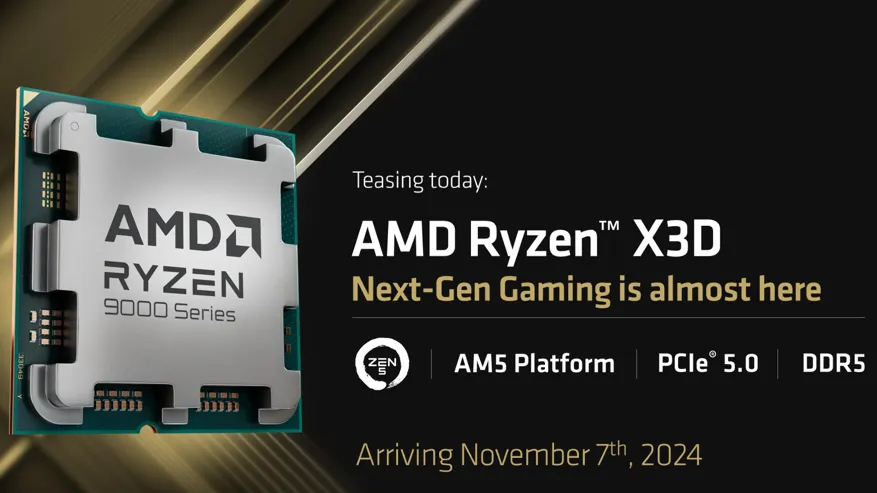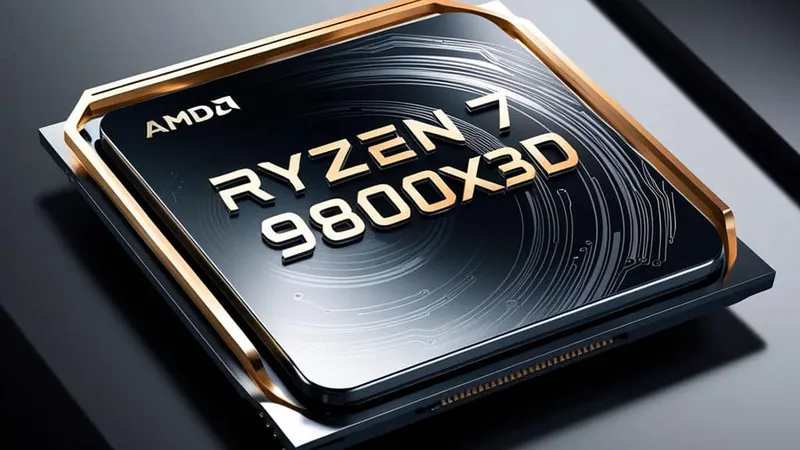The successor to the wildly-successful Ryzen 7 7800X3D is just days from release, and looks be a substantial step forward for gaming CPUs!
Ever since AMD released their first "V-Cache" product two generations ago with the 5800X3D, they've had a long stay at the top of the charts for gaming performance. The design added a secondary chip to existing processors that greatly increased the on-CPU memory, allowing programs to have more data and more computing done on the processor, without having to wait the slower-speed system RAM to transfer data. For programs as sensitive to latency like gaming, a wide swath of them saw incredible uplifts in performance - even while some design tradeoffs caused them to have lower frequency and be more sensitive to power and heat limits, leading to some diminished performance in compute-heavy workstation tasks.
The 7000-series Zen 4 processors expanded the V-Cache lineup with higher-end Ryzen 9 processors that had a split between conventional cores and V-Cache-added cores, to allow higher-frequency tasks to utilize the conventional cores and more memory-demanding ones to use the V-Cache cores, but it ended up needing specialized software to manage them and wasn't fully successful in accomplishing that balance.
The upcoming 9000-series design actually completely flips the script and the internal design, as the previous iterations had the V-Cache chip added on after the fact from conventional designs where Zen 5 was designed from the ground up to support it. This generation is swapping the V-Cache chip and the processor chip so now the extra cache is on the bottom, no longer trapping heat inside the processor but allowing the heat-generating processor chip to have it more easily dissipated with a cooler. The design means this generation of X3D chips will no longer be thermally limited and be able to support overclocking, and with Zen 5's improvement with IPC the new 9800X3D looks to make a substantial increase in performance over the existing champ!
Read more about the release here and watch the video below about how they changed the internal design this generation:



